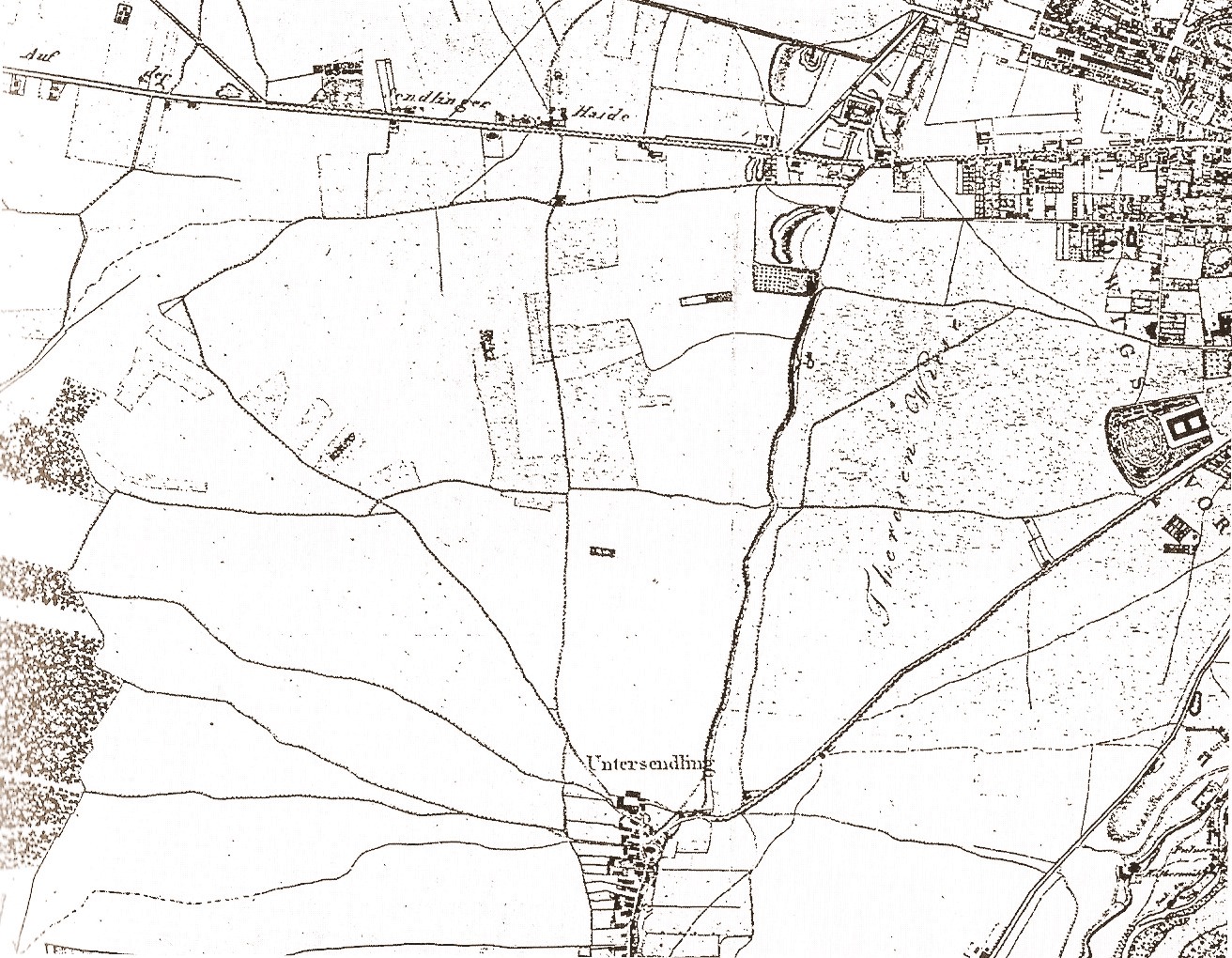Lindwurmstraße on:
[Wikipedia]
[Google]
[Amazon]


 The Lindwurmstraße is a 2.4-kilometer poplar alley in the Munich districts Ludwigsvorstadt-Isarvorstadt and Sendling.
The Lindwurmstraße is a 2.4-kilometer poplar alley in the Munich districts Ludwigsvorstadt-Isarvorstadt and Sendling.


 The Lindwurmstraße is a 2.4-kilometer poplar alley in the Munich districts Ludwigsvorstadt-Isarvorstadt and Sendling.
The Lindwurmstraße is a 2.4-kilometer poplar alley in the Munich districts Ludwigsvorstadt-Isarvorstadt and Sendling.
Location and Route
The Lindwurmstraße runs one kilometer to the northwest, parallel to theIsar
The Isar is a river in Tyrol, Austria, and Bavaria, Germany, which is not navigable for watercraft above raft size. Its source is in the Karwendel range of the Alps in Tyrol; it enters Germany near Mittenwald and flows through Bad Tölz, Munic ...
and mostly just at an altitude of about 520 m above sea level from the ''Sendlinger Tor
The Sendlinger Tor (translated: ''Sendling Gate'') is a city gate at the southern extremity of the historic old town area of Munich. It served as a fortification for defence and is one of Munich's three remaining gothic town gates (the other two ...
'' in a southwesterly direction. Between Poccistraße and Implerstraße, it passes under the '' Münchner Südring'', a railway line that connects '' Bahnhof München Ost'' with ''München Hauptbahnhof
München Hauptbahnhof or Munich Central Station is the main railway station in the city of Munich, Germany. It is one of the three stations with long-distance services in Munich, the others being Munich East station (''München Ost'') and Munich ...
'' and the Laim shunting yard to the south of the city center. Only shortly before its southern end in Munich-Sendling, it rises to the Pfeuferstraße at 534 m above sea level.
Well-known occupants are, umong others, the '' Klinikum Großhadern'', the '' Haunersche Kinderspital'' as well as the churches St. Matthäus and St. Margaret.
History
The Bavarian archival cadaster shows the Lindwurmstraße in the 1810s as a then, nameless Chaussee, that leads past the ''Burgfriedstein Nr. 2'' to Untersendling, with a mutually planned tree planted route. In the 1860s, it was crossed by the railway line and on its northeaster route direction was a nameless street village. It was formerly called Sendlinger Landstraße. The ''Alte Straße nach Sendling'' (old road to Sendling) was renamed in 1878 after the physician Joseph von Lindwurm (1824-1874, dermatologist and chief physician). House No. 127 (then 125), now a branch of the Munich Adult Education Center, served as an emergency shelter for the Jewish religious community because the National Socialists had demolished thesynagogue
A synagogue, ', 'house of assembly', or ', "house of prayer"; Yiddish: ''shul'', Ladino: or ' (from synagogue); or ', "community". sometimes referred to as shul, and interchangeably used with the word temple, is a Jewish house of worshi ...
and community buildings on Herzog-Max-Straße. In 1941, the occupants were deported.
The Lindwurmstraße today, is a place of the cultural history trail Ludwigsvorstadt-Isarvorstadt.
Historical building monuments
Numerous buildings along the Lindwurmstraße are protected as historical monuments, for example: * Lindwurmstraße 2a, II. Women's Hospital of the University, New Baroque construction from 1915/16 * Lindwurmstraße 4, Haunersches children's hospital, classical building of 1923/24 * Lindwurmstraße 6, part of the post office at Goetheplatz from 1931/32 * Lindwurmstraße 19, Augsburgerstraße 23 Historical five-storey corner building erected by Franz Xaver Mayr, 1831 * Lindwurmstraße 46, post-classical residential building from 1911 on the foundation from 1886 * Lindwurmstraße 76, state commercial building, anArt Nouveau
Art Nouveau (; ) is an international style of art, architecture, and applied art, especially the decorative arts. The style is known by different names in different languages: in German, in Italian, in Catalan, and also known as the Modern ...
corner building from 1911/12
* Lindwurmstraße 88, Lindwurmhof, a monumental Art Nouveau commercial building from 1910/11
* Lindwurmstraße 205, residential building, built in 1897 (German Renaissance
The German Renaissance, part of the Northern Renaissance, was a cultural and artistic movement that spread among Germany, German thinkers in the 15th and 16th centuries, which developed from the Italian Renaissance. Many areas of the arts and ...
)
Art
* ''Baumzeichen 2'' (Tree depiction 2), 7.2 m high bronze sculpture by Karl Jakob Schwalbach in front of the Municipality of Munich * '' The Smith of Kochel'' monument by architect Carl Sattler and sculptor Carl Ebbinghaus (1906-1911)Traffic
The Lindwurmstraße is four-lane road for traffic and has bike paths designated in both directions which are lined with tall poplars. Public transport connects the street at the subway stations ''Sendlinger Tor
The Sendlinger Tor (translated: ''Sendling Gate'') is a city gate at the southern extremity of the historic old town area of Munich. It served as a fortification for defence and is one of Munich's three remaining gothic town gates (the other two ...
'', Goetheplatz and Poccistraße with the lines U3 and U6. Furthermore, the bus lines 62 and 132 as well as, the night bus lines N 40, N 41 and N 45, run there on partial routes.
References
{{Commonscat, Lindwurmstraße Munich, Lindwurmstraße Streets in Munich Buildings and structures in Munich Historicist architecture in Munich Avenues (landscape)